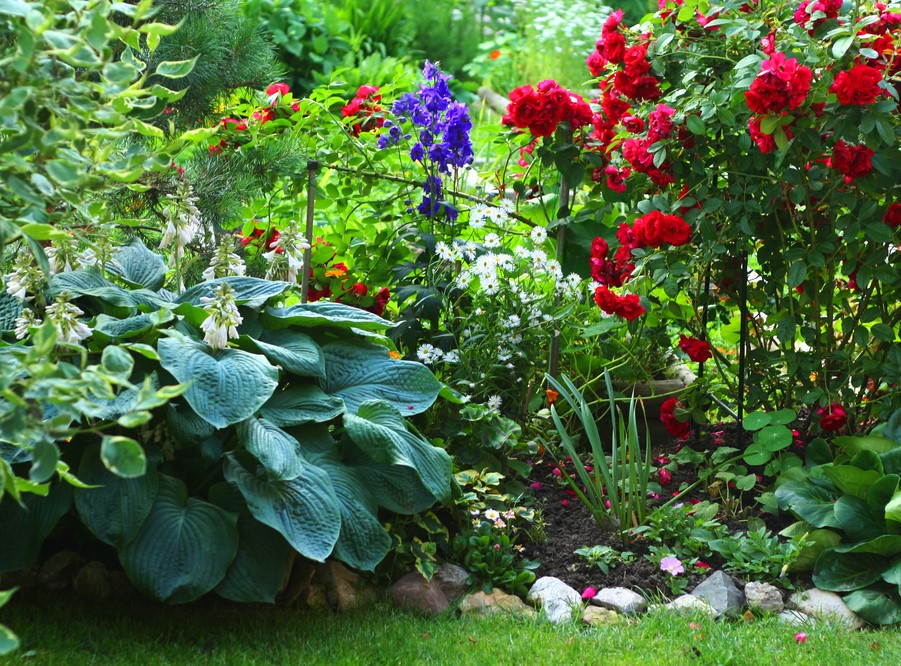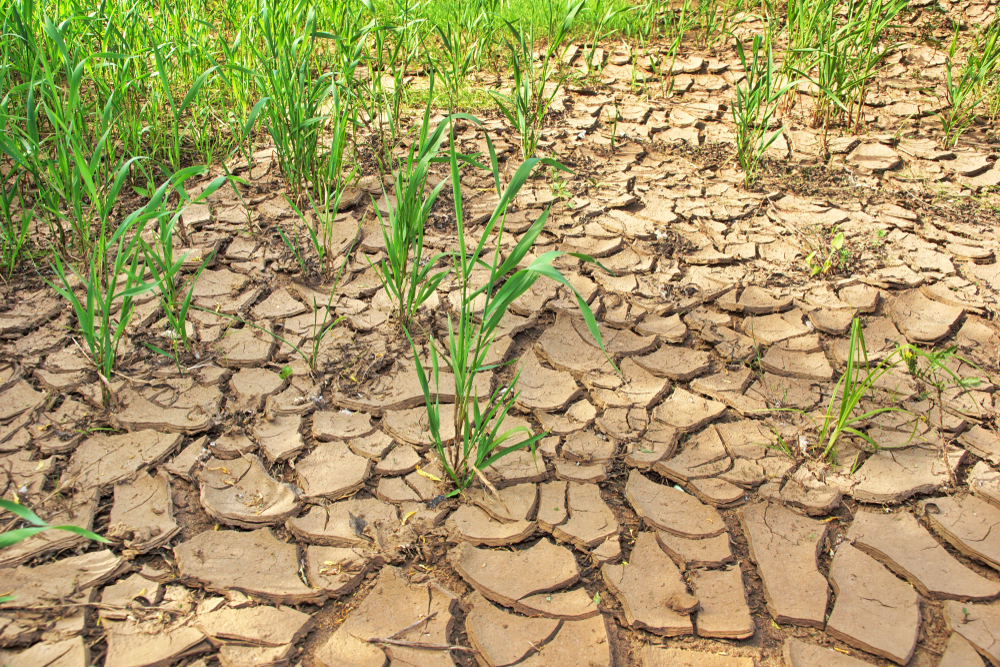



Spring is upon us and many of us are now looking at preparing for our summer gardens. The Bureau of Meteorology recently released their Spring Outlook and it doesn’t look great. Winter in most areas of Australia was warmer than usual (sure didn’t feel like it sometimes) and dryer than usual. This means that the subsoils are dryer than they would normally be at this time of year. Rainfall is predicted to be low in most areas which adds to the woes of the gardeners amongst us.
Gardening in Australia can be tough. We can have extremes of temperature and often we are on water restrictions. There are ways around this, and todays post will look at some alternatives to huge water bills. I am gardening in the Riverina so what I say may not be relevant to you if you are in a different climate zone.
One of the problems (in my opinion) is that we don’t really understand what we are working with. Australia as a continent has been producing enough food for people for centuries but since white settlement, we have been trying to produce different crops utilising methods from other areas, usually the Northern Hemisphere. We are treated to beautiful images of lush green lawns with beautifully coloured flowers and rows of vegetables on seed packets and in gardening catalogues and magazines. This is not totally unrealistic if you are prepared to spend inordinate amounts of money on water or if you live in Britain.
The depth of topsoil in Australia is less than in many other countries which means that we have less to work with and the soil that we do have will dry out more quickly as the depth isn’t there. Pouring water on may help in the short term but once water restrictions hit the plants that may have been thriving will turn up their toes. There are many ways that we can make our task easier and some of those will be discussed in this post. Alternative watering methods will be touched on briefly but will be explored in greater depth in the next post.
Starting from the ground down is a worthwhile thing to do. Adding organic matter to your soil is paramount. The more organic matter in your soil the better it’s water holding capacity will be. Organic matter is literally anything that was once growing so you can add compost, manure (as the by-product of food eaten by the animal it was essentially once growing!), straw, rotting hay, weeds that have been pulled and ideally not those with seed heads. Over time whatever you have added will break down and add goodness to the soil and in the meantime, it is increasing the water holding capacity.
Mulch everything you can with whatever you have available locally. I was able to get hold of some large square bails of hay that had been in the paddock for some years and were destined to be burned. I used them over a couple of years as mulch and while it may not have looked particularly pretty it did the job. Bare earth is your enemy! Where the earth is bare it is open to colonisation by weeds but also it has the ability to lose moisture to the atmosphere and this is something that you don’t want to happen. Mulch around plants so that the moisture that is there stays where you want it to be.
Plant closer together than is generally recommended on seed packets or instructions on seedling labels. In the northern hemisphere, plants need a little more room than they do in our climate. By planting more closely you are less likely to have bare soil between plants and therefore the soil is less likely to dry out.
Don’t plant in neat rows. This is important for a number of reasons. When plants are mixed up they are less likely to be attacked by insects as the bugs are not able to differentiate between them as easily. Additionally, if you mix up your plantings, with some taller and some shorter plants, the taller ones will shade the shorter ones. Try to place plants with similar watering needs together so that there is less work for you with watering.
Water in the early mornings and late evenings so that the water gets the chance to stay around and be useful. Water the roots of plants avoiding the foliage as this is a more effective use of water.
Use alternative methods of watering. You may be able to convert raised beds to wicking beds. Wicking beds will be explored in the next post but basically, they are raised beds with the bottom third acting as a reservoir with the water being poured straight into the reservoir rather than sprinkled on the top. Ollas are a terrific form of alternative watering. An olla is an unsealed terracotta structure that holds water allowing it to leach out slowly. There are other alternatives such as almost totally burying a 2-litre plastic soft drink bottle that you have put a number of very small holes in, at the roots of the plant and filling it with water every few days.
Don’t water your seedlings as often which may sound counterproductive, but it encourages the plants to form stronger and longer root systems which will ensure that they are not as dependant on water.
Choose your plants wisely looking at the watering needs and planting those that are more drought tolerant. Lawn is probably the largest water wasting plant a garden can have. It may look nice and lawn certainly has some benefits in cooling your garden, but the amount of water required by a nice green lawn is very large. Plants such as succulents, natives and Mediterranean plants are much more suitable for our climate.
Grow the plants you absolutely must water and keep alive closer to your taps. In permaculture, this is explained through zoning your garden.
Last summer was particularly horrendous here. The temperature was extreme for long stretches of time and rainfall was minimal. Combined with this we had some things happening that meant we were away from home for up to a week at a time. My garden had to be sacrificed. I still had a fabulous crop of early corn and many later zucchinis and tomatoes, but the decision had to be made that what could not survive without regular watering just had to go. This year I am hoping for a better season and will hopefully be around to water more effectively.
It is possible to grow and produce plants and food that look and taste wonderful in our region but, it needs to be done with a thought to how this is likely to occur and quite a bit of planning and forethought.